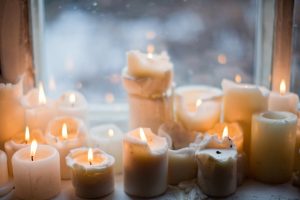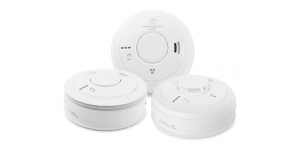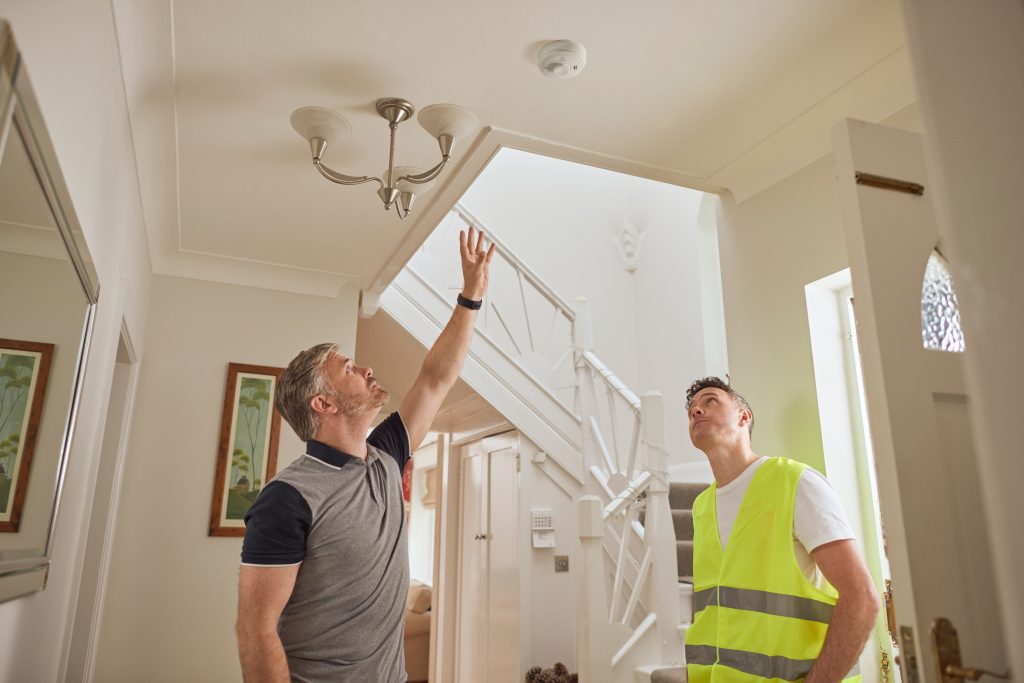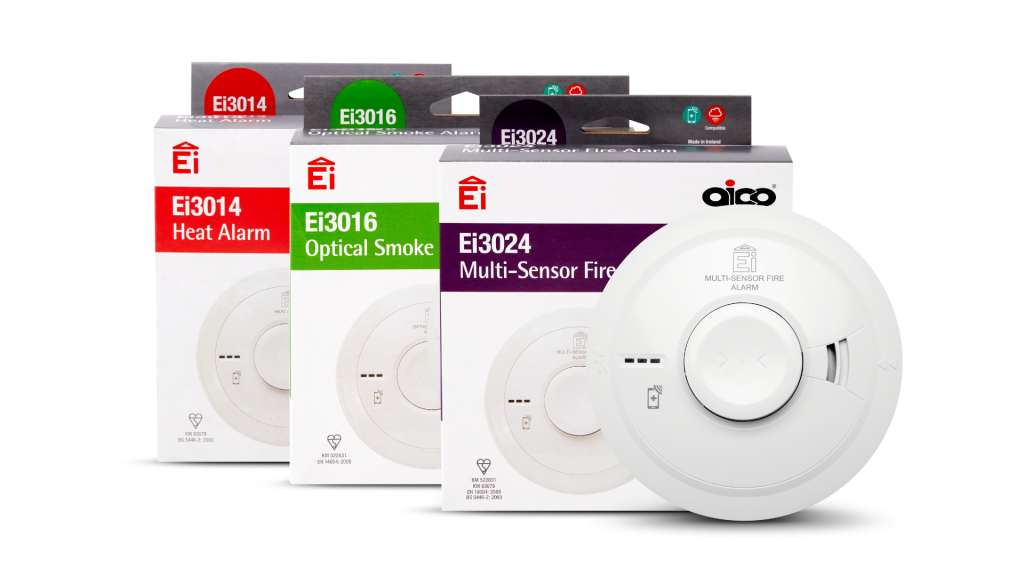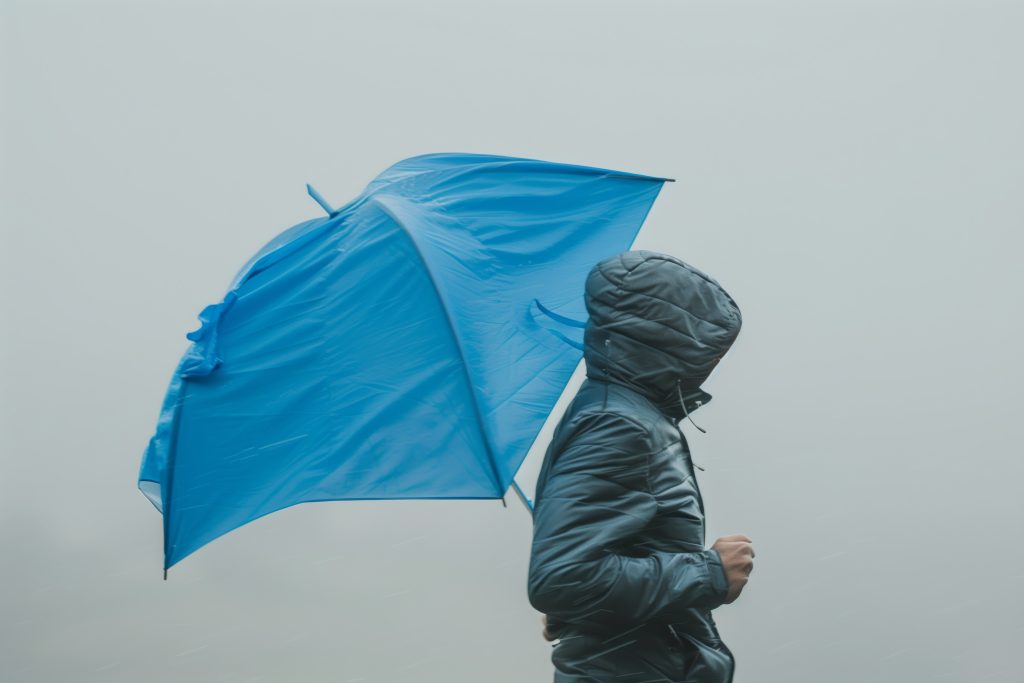Candle Fire Safety
Candle fire safety tips this winter
As we get into the winter months, the use of candles in our homes increases, as do the fire safety risks. We often use candles to decorate or as a religious symbol over the festive season but the time between Christmas and New Year accounts for nearly half of all candle-related fire claims during December. It’s important you know how to use candles safely, so you can carry on enjoying them this winter.
With candle fires resulting in around 350 casualties each year, knowing whether you have the correct fire alarm protection for your home and ensuring you know what to do if a fire should start, is crucial for your safety.
Burning Candles Safely In The Home
There are things you can do to help minimise the fire safety risks associated with using candles.
Before Lighting Candles
- Use a suitable candle holder made to withstand the heat of a burning candle and ensure the candle is placed on a heat-resistant surface. Tealights without a holder can melt plastic surfaces like the edge of a bathtub.
- Light your candles with long matches or long reach lighter to avoid burning yourself or dropping burnt-out matches.
- Trim the wick and check there is no debris in the wax pool before lighting, as this can add fuel to the candle and cause the flame to flare up.
When Burning Candles
- Never leave lit candles unattended, and remember to extinguish any flames before leaving a room or going to sleep.
- Burn candles in a well-ventilated room away from draughts, vents or air currents to prevent flare-ups and uneven burning.
- Never burn candles around flammable objects such as curtains and clothing to avoid the chance of them coming in contact with naked flames.
- Keep lit candles out of reach of children and pets as they may accidentally knock them over or get injured.
- Put them out if the flame becomes too high or flickers repeatedly, as this means there is too much air or fuel.
- Do not burn a candle longer than the recommended use time, as carbon sticks to the wick and can cause the candle flame to grow dangerously large and produce smoke and soot.
- Do not burn multiple candles close together as this can cause the flames to flare.
- If your candle is flaring, let it cool for at least two hours and trim the wick before you relight it.
Putting Out Burning Candles
- Always check candles are completely out before leaving a room.
- Use a candle snuffer to extinguish your candle safely, they make sure the candle is completely starved of oxygen, ensuring it is properly put out.
- Never use water to put out a candle as it can cause the hot wax to splatter and could cause glass containers to shatter.
Candle Alternatives
There are safer alternatives to candles that you can use, they have the same effect but with a reduced risk of fire.
- You can use LED flameless candles, or electric candles as a safer alternative. They are often waterproof, rechargeable and have a flickering light that mimics a real flame very closely, without the candle fire safety risk.
- Fairy lights can also have a similar effect and can be used to decorate over the festive period.
Alarm Protection
One of the most important safety measures is to fit, working heat and smoke alarms on each floor of your home.
Smoke alarms detect slow, smouldering fires and can be installed in multiple rooms, while heat alarms detect heat from large flaming fires and are normally installed in the kitchen and garage. With Aico’s 3000 Series of single and multi-sensor heat, smoke and carbon monoxide alarms, you can have a connected alarm system that uses fast-acting sensors, for full-circle protection.
What to do if a Candle Fire Starts
Candle fires are most likely to start during the night so it’s important to have a fire escape plan, so you know how to evacuate your home in the event of a fire.
In the scenario of a candle fire starting within your home, you should:
- Try not to panic
- Get out, stay out and call 999
- Never attempt to handle the fire yourself, wait for the Fire and Rescue Service to arrive
- If there is smoke, keep low
- Do not waste time collecting valuable belongings
For more advice on where to put smoke alarms in your home and how to test them please visit our home fire safety advice article.

